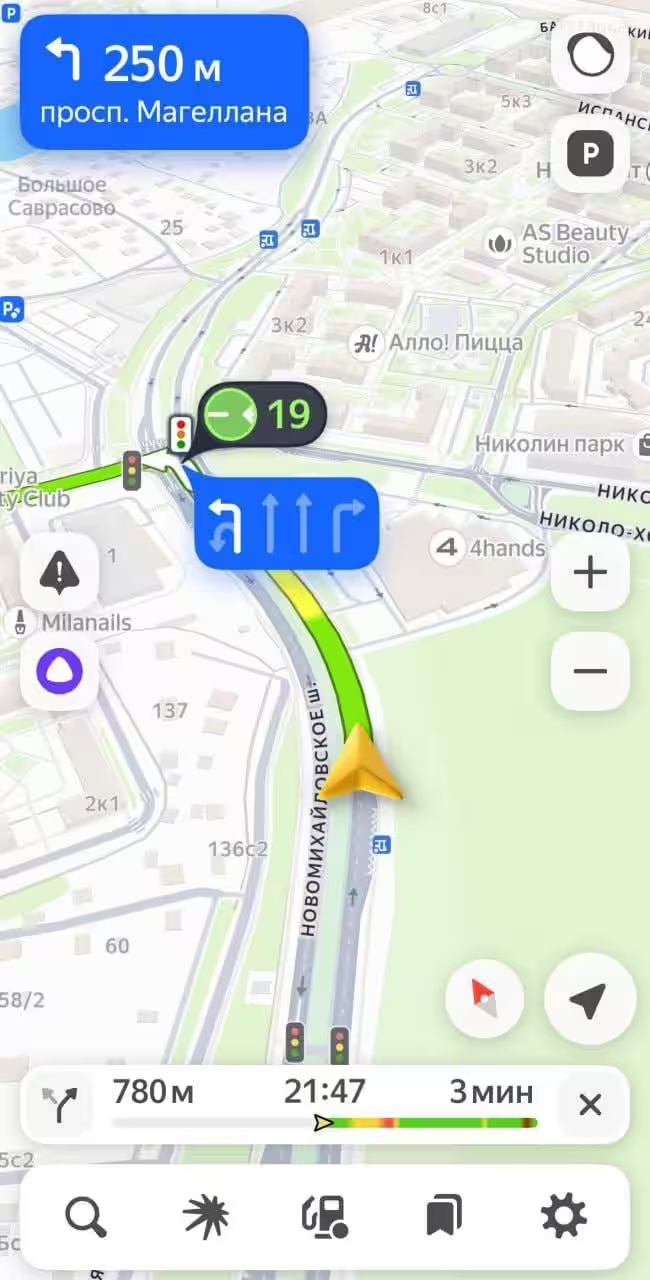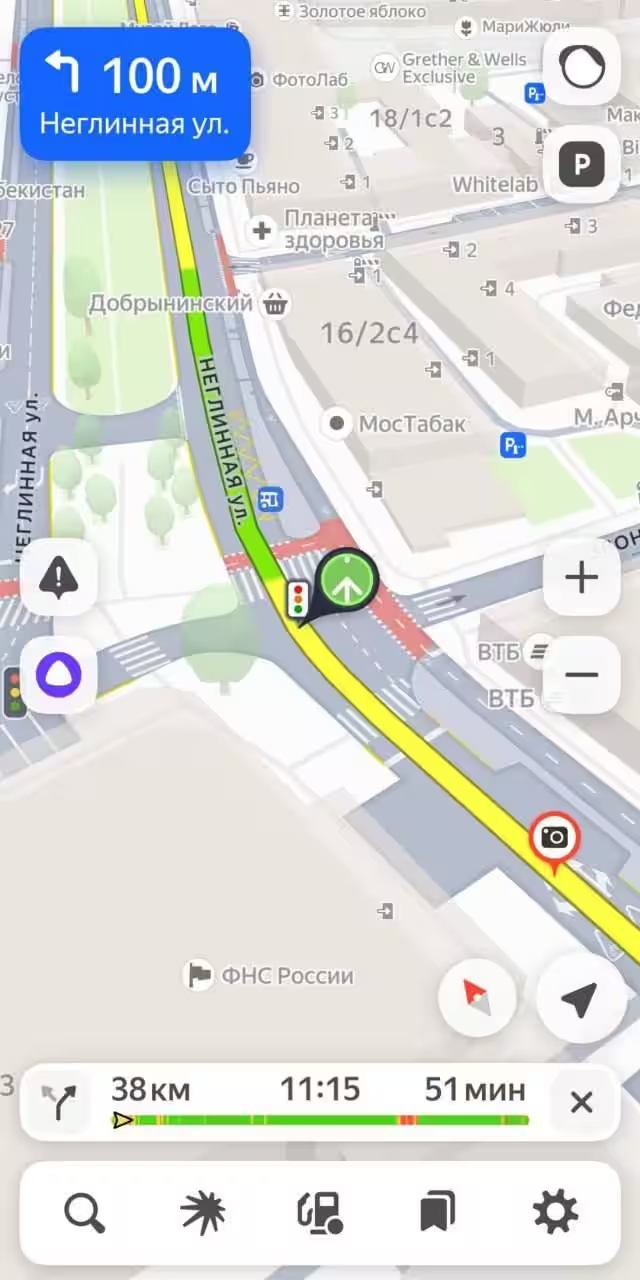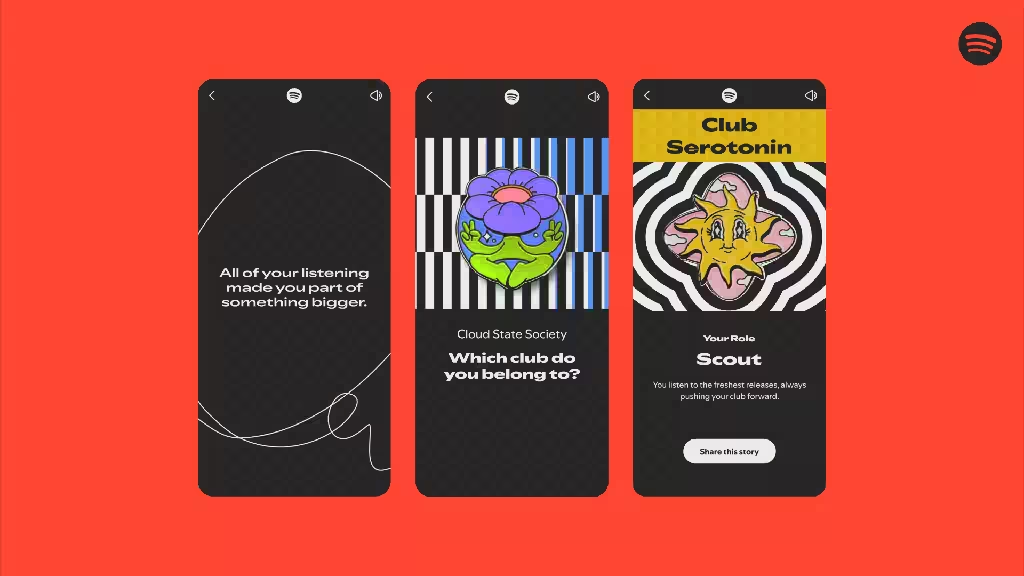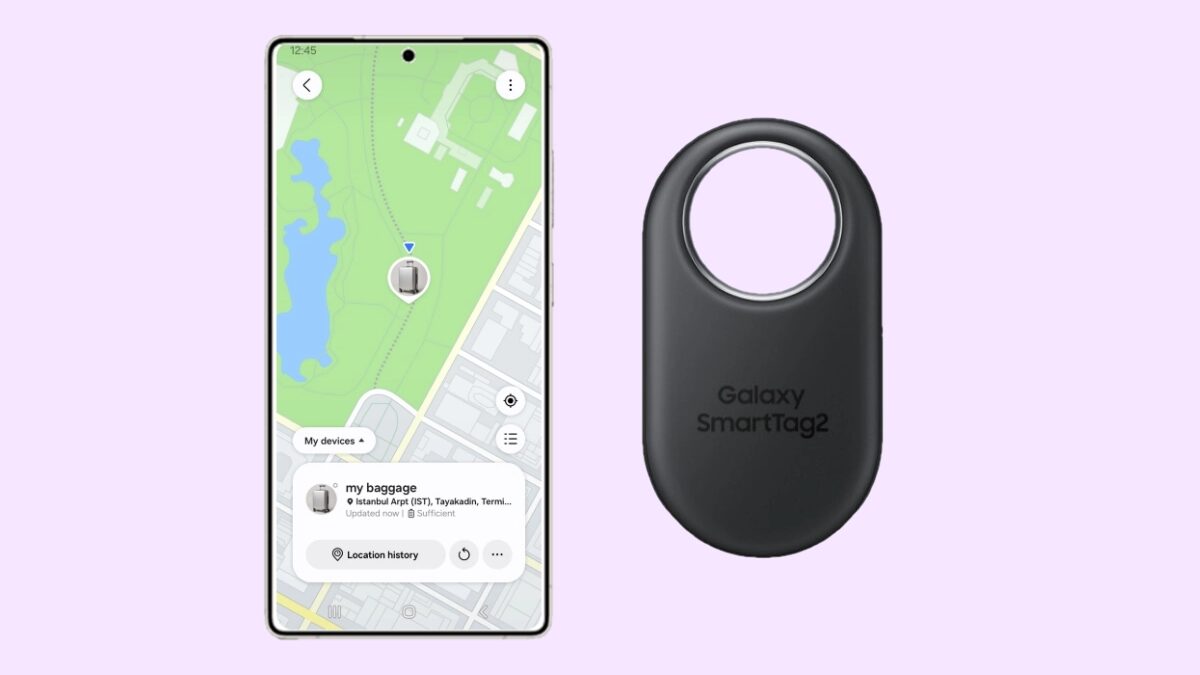Moscow traffic lights connected to Yandex Maps: how it works

The app receives data from the Central Data Center every second about what signal is lit at every intersection in the capital. Additionally, Maps receives a forecast of signal changes for 1-2 minutes ahead. Already, the app displays countdowns to the switch at those traffic lights that operate on a schedule. Adaptive devices, which regulate traffic depending on traffic congestion, are still shown without a timer – it’s impossible to predict their signals. Anonymous information from motorists is used to improve accuracy. For example, if 900 cars out of 1,000 run a red light, the system detects the discrepancy and sends the traffic light to be checked. Users can also leave feedback if the signal is displayed incorrectly or not at all. The integration of traffic lights opens up opportunities to improve safety. The navigator can warn the driver in advance with an audible alert if he or she is approaching an intersection on red. It can also alert you when the light turns green to avoid unnecessary braking and make driving smoother. In the future, the array of data will allow for additional route optimization: the system will be able to take into account the change of signals when constructing a path. The connection requires an “adapter” – a software module that collects data from the regional traffic light system. Work is already underway to launch the function in St. Petersburg and Nizhny Novgorod. In addition, Yandex has developed a universal API. This means that any city will be able to connect its traffic lights to the service independently.How the system works


New navigation features
Launch in other cities








